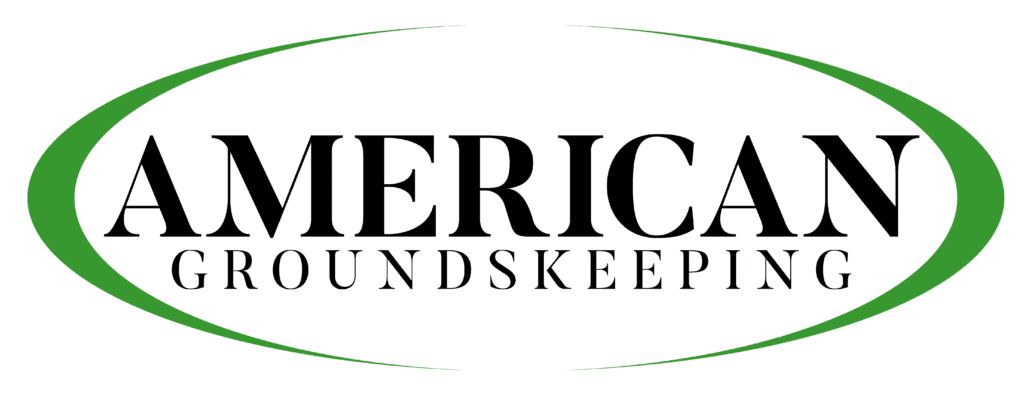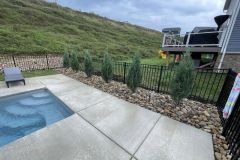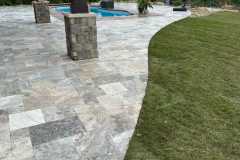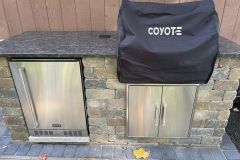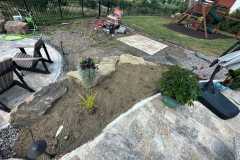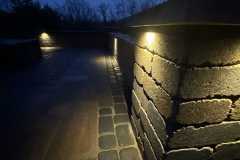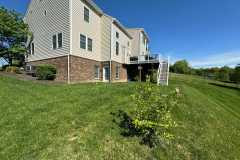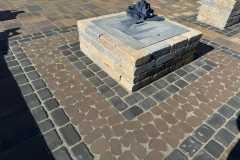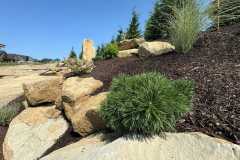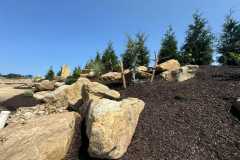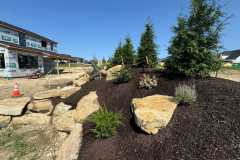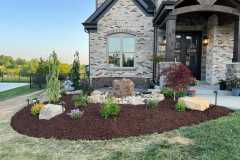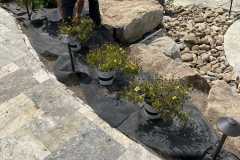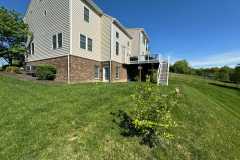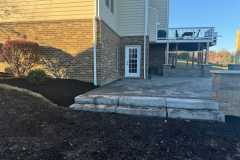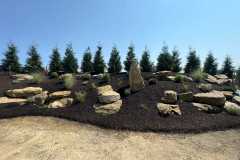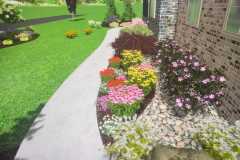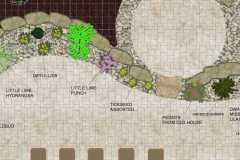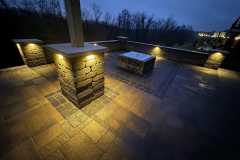As our society becomes increasingly aware of the need to protect our planet, sustainable practices are becoming more and more important in all areas of our lives. One area where sustainability is particularly crucial is in landscape design. In this blog post, we’ll discuss why sustainable landscape design is important, provide examples of sustainable design techniques relevant to Pittsburgh’s climate and environment, and explain how 3D design can be used to create eco-friendly outdoor spaces.

Why Sustainable Landscape Design Matters
Sustainable landscape design focuses on creating outdoor spaces that are not only beautiful but also environmentally responsible and resource-efficient. This means designing landscapes in Pittsburgh that require minimal maintenance, conserve water, reduce waste, and support local ecosystems. The benefits of sustainable landscape design are numerous, including:
- Reducing water usage and associated costs
- Minimizing the use of harmful chemicals and pesticides
- Creating healthier and more biodiverse environments
- Lowering energy consumption and carbon footprint
- Increasing property values
Examples of Sustainable Pittsburgh Landscape Design Techniques
In Pittsburgh, sustainable landscape design can take many forms, depending on the specific needs and conditions of your outdoor space. Here are a few examples of sustainable design techniques that are particularly relevant to the local climate and environment:
Native Plants: Choosing plants that are native to the Pittsburgh region is an excellent way to create a sustainable landscape. Native plants are adapted to the local climate, require less water and fertilizer, and provide food and shelter for local wildlife.
Rainwater Harvesting: In a region with frequent rain, harvesting rainwater can be an effective way to conserve water and reduce runoff. Rain barrels, cisterns, and rain gardens are all examples of rainwater harvesting techniques that can be incorporated into your landscape design.
Permeable Pavers: Traditional hardscaping materials such as concrete and asphalt can contribute to stormwater runoff and water pollution. Permeable pavers are designed to allow water to filter through the surface, reducing runoff and supporting healthy groundwater recharge.
Xeriscaping: Xeriscaping is a landscaping technique that focuses on using plants that require minimal water. This is particularly important in regions with limited water resources, such as Pittsburgh. Xeriscaping techniques can include using drought-tolerant plants, mulching, and minimizing turf areas.
Using 3D Design for Sustainable Landscape Design
One of the most powerful tools available for sustainable landscape design is 3D design software. With 3D design, you can experiment with different design elements, visualize the end result, and make adjustments before any construction begins. This can help reduce waste and minimize the need for redesigns or changes during construction.
Additionally, 3D design software can help you create a sustainable landscape by allowing you to model different scenarios and test their impact on the environment. For example, you can use 3D design to model the impact of rainwater harvesting techniques or the placement of native plants.
Creating Sustainable and Eco-Friendly Outdoor Spaces in Pittsburgh
Sustainable landscape design is an important consideration for anyone looking to create an outdoor space in Pittsburgh. By incorporating sustainable design techniques, you can create a beautiful and environmentally responsible landscape that conserves resources, supports local ecosystems, and enhances property values. And with the help of 3D design software, you can experiment with different design elements and test their impact before any construction begins. So why not make sustainability a priority in your landscape design project? Incorporating sustainable practices into your outdoor space not only benefits the environment but can also save you money in the long run. By using drought-resistant plants, for example, you can reduce water usage and save on your water bill. Installing rain gardens and using permeable pavers can also help reduce water runoff and prevent erosion.
When it comes to hardscaping elements, there are many eco-friendly options to consider. For example, using salvaged or recycled materials such as reclaimed wood or stone can give your outdoor space a unique look while also reducing waste. You can also opt for permeable pavers, which allow water to drain through and recharge the groundwater.
Another important aspect of sustainable landscape design is soil health. Healthy soil supports healthy plant growth and can also help reduce the need for fertilizers and pesticides. Consider incorporating organic matter into your soil and using compost to provide essential nutrients to your plants.
In addition to these sustainable design techniques, 3D design software can also be used to create eco-friendly outdoor spaces. By visualizing your design in 3D, you can experiment with different materials and elements to find the most sustainable and functional options. This can save you time and money by allowing you to make informed decisions before construction even begins.
In conclusion, sustainable landscape design is crucial for creating functional and beautiful outdoor spaces in Pittsburgh. By incorporating eco-friendly practices into your design, you can not only reduce your environmental impact but also save money in the long run. With the help of a professional landscaper and 3D design software, you can bring your sustainable outdoor oasis to life.
